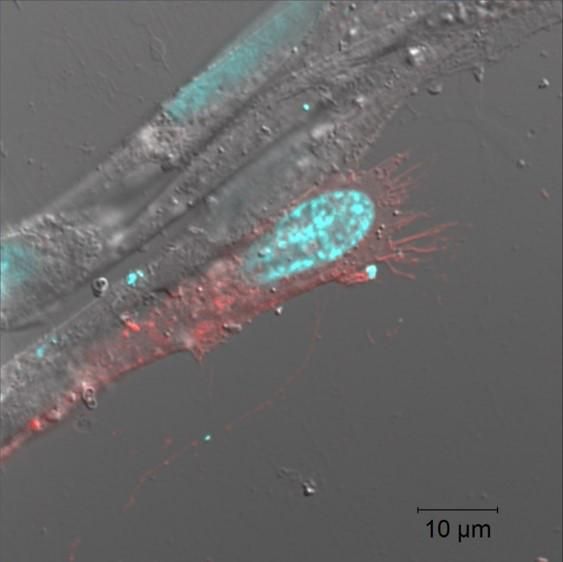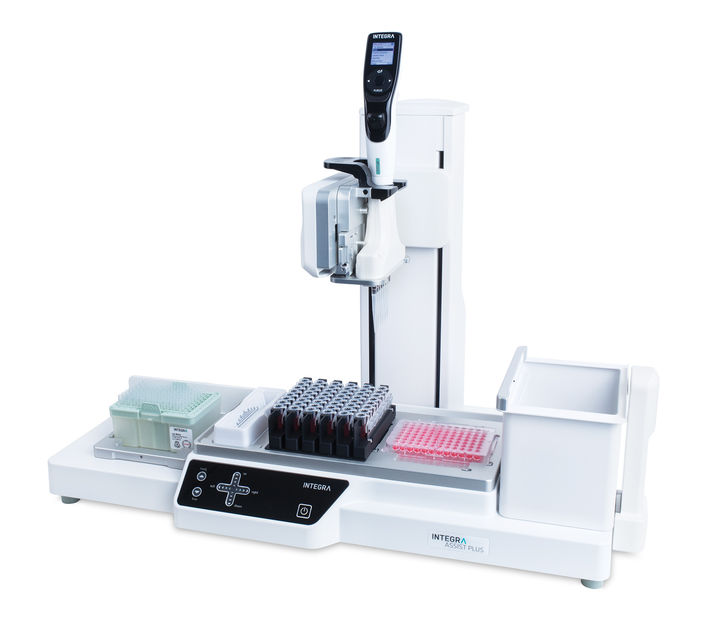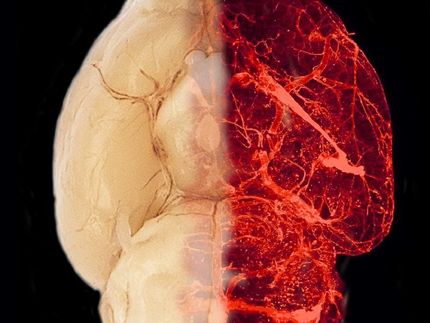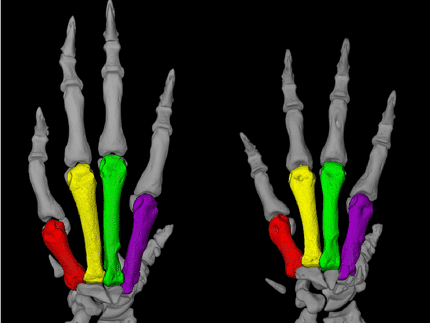Adding blood pressure drug to standard antibiotics speeds up TB treatment
Study in mice shows verapamil enhances isoniazid plus rifampin antibiotic therapy
Infectious disease experts at Johns Hopkins have found, in studies in mice, that a drug better known as a treatment for high blood pressure and headaches effectively speeds up treatment of TB when added to the standard, daily antibiotic regimen. Test animals were cured in four months instead of the usual six.
Researchers say that if clinical trials starting later this year in India, a country heavily burdened by the highly contagious lung disease, prove successful, then the shortened treatment time with verapamil, a so-called calcium channel blocker, used in combination with antibiotics isoniazid and rifampin, could make it easier for infected people to complete their drug therapy as prescribed. The experts note that antibiotics for TB do not work if treatment is interrupted or if people stop taking their medication. Improved drug adherence, they say, could also prevent the buildup of drug-resistant strains of TB, caused by Mycobacterium tuberculosis, which is now estimated to kill a million people each year, mostly in the developing world.
"Our results show that verapamil is a good drug candidate as an add-on therapy with antibiotics for TB, a global disease in urgent need of new treatment options," says study senior investigator and infectious disease specialist William Bishai, M.D., Ph.D. Bishai's team's latest findings are set to be published in the American Journal of Respiratory and Critical Care Medicine.
Bishai, a professor at the Johns Hopkins University School of Medicine and its Center for Tuberculosis Research, says that drug treatment options for TB are "too few," and limited to about a dozen older antibiotics, some with serious side effects. Bishai, who also is a Howard Hughes Medical Institute Lab Head at Johns Hopkins, says verapamil has been around for some 40 years, so its side effects -- such as too-low blood pressure -- are well-known. He says the clinical trial in India, primarily a safety study to determine a minimum effective dose, will be pivotal in clarifying the drug's "true potential" as an add-on therapy in TB.
Lead study investigator and immunologist Shashank Gupta, Ph.D., says the study results also suggest that verapamil, commonly sold under the brand names Isoptin, Verelan, Calan, Bosoptin and Covera, could be a good drug candidate for combination therapy studies with multidrug-resistant forms of TB.
Gupta, a postdoctoral fellow at Johns Hopkins, says verapamil is known to work as an efflux pump inhibitor, making bacteria more susceptible to antibiotics and killing by immune cell macrophages, but whose precise workings remain unknown. He says the research team investigated verapamil's potential as a TB therapy after another study showed that increased efflux pump action promoted drug tolerance to TB, minimizing antibiotics' effectiveness.
Among the latest study's other key findings were that verapamil accelerated killing of TB bacteria 10-fold after two months of treatment. After four months of therapy, half of the lung tissue samples from mice receiving verapamil had zero bacterial counts, while all tissue samples in mice not on the blood pressure medication were still positive for TB.
In the study, performed at Johns Hopkins from January to November 2012, mice infected with TB were treated with a standard antibiotic regimen of daily doses of isoniazid, rifampin and pyrazinamide for two months, followed by daily doses of just isoniazid and rifampin for four months. Half of the infected mice also received daily doses of verapamil, equivalent to the minimum dose manufactured for use in humans, at 40 milligrams per liter of blood, for the entire six months. Researchers calculated a 50 percent increase in the original dosage of verapamil used in the study to compensate for rifampin's acceleration of verapamil's breakdown in the body. Both groups of mice had lung tissue analyses performed at least monthly.
Most read news
Topics
Organizations
Other news from the department science

Get the life science industry in your inbox
By submitting this form you agree that LUMITOS AG will send you the newsletter(s) selected above by email. Your data will not be passed on to third parties. Your data will be stored and processed in accordance with our data protection regulations. LUMITOS may contact you by email for the purpose of advertising or market and opinion surveys. You can revoke your consent at any time without giving reasons to LUMITOS AG, Ernst-Augustin-Str. 2, 12489 Berlin, Germany or by e-mail at revoke@lumitos.com with effect for the future. In addition, each email contains a link to unsubscribe from the corresponding newsletter.
Most read news
More news from our other portals
Last viewed contents
Vanderbilt researchers identify potent antibodies against HIV - Structure-based approach could lead to first effective vaccine

Excess weight, obesity more deadly than previously believed - One in six U.S. adult deaths are related to country's 'obesogenic' environment, study suggests

With “Swarming AI” Against COVID and Other Diseases - Network of German research institutions uses pioneering artificial intelligence technology to analyze distributed data

Tracking down minorities in kitchen sponges - First study on non-bacterial microbiota in used kitchen sponges
Palmomental_reflex

I.M.A. Industria Macchine Automatiche S.p.A. - Ozzano dell'Emilia, Italy
Category:Human_MHC_mediated_diseases
Meiosis

Lab-Made Sugars and Nanobodies from Alpacas Against Cancer: Oren Moscovitz Wins Prestigious Hermann Neuhaus Prize - Two start-ups are already working to bring these findings closer to public fruition

Cells stop dividing when this gene kicks into high gear























































